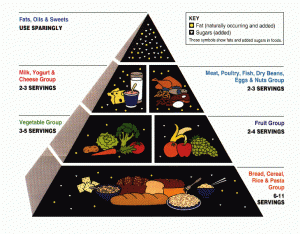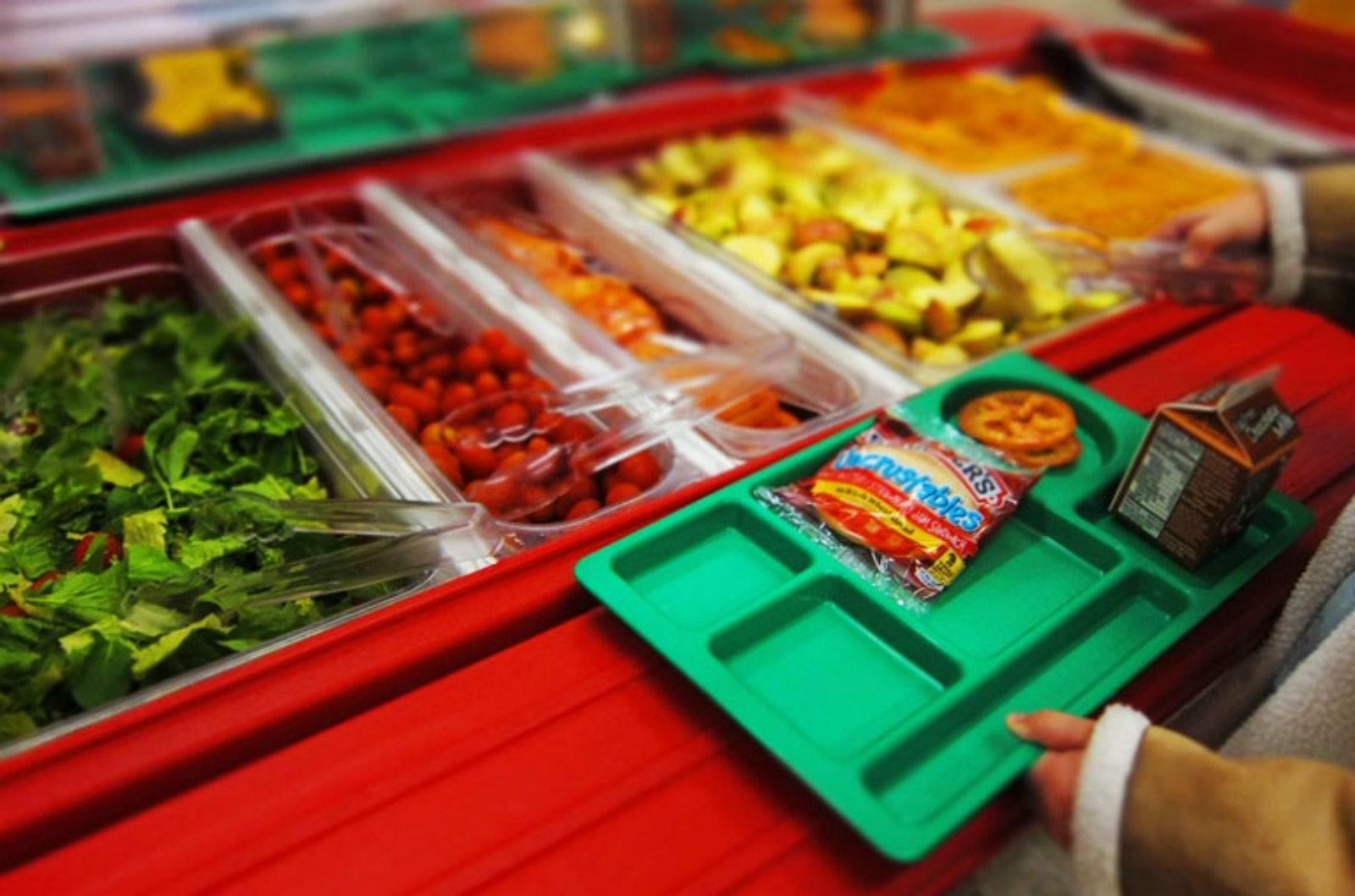Unhealthy food aimed at children who then grow up to reject healthier options is a complex, systemic problem, and it’s both unfair to schools to expect them to fix it alone, and absolutely necessary that they try.
We all want the best for our kids. The problem comes in when our definition of “the best” differs from, and may even oppose, what someone else considers “best.” Centralization magnifies these challenges in a culturally and politically diverse country like the United States. This is especially clear when it comes to the school lunch program. While it’s hard to resist taking advantage of the economies of scale that accrue from a top-down approach to providing school lunches for an estimated 30 million students every day, it’s impossible to find a solution that’s appropriate for everyone. How can we take care of the next generation in a way that’s fiscally responsible and culturally relevant, while leveraging this opportunity to make the world a better place, too?
Earlier this month, the state of New York led a coalition of several other states and advocacy groups in a lawsuit against the Trump administration. The suit alleges that the Administration’s rollback of the Healthy, Hunger-Free Kids Act of 2010 is illegal. These Obama-era guidelines mandated several changes that were intended to improve the nutritional quality of school lunches and breakfasts, such as reducing sodium, increasing whole grain, fruit, and vegetable content, limiting the use of saturated and trans fats, and making sure that if chocolate milk is available, it’s fat-free only.
In 2018, the USDA, under Sonny Perdue, changed the rules, doing away with the sodium restriction and reducing by half the amount of whole grains that districts were obliged to provide in school lunches, while allowing low-fat chocolate milk to be made available. Schools could request exemptions from the USDA in order to serve refined carbohydrates such as tortillas, grits, and breakfast biscuits; Purdue asserted that continually dealing with exemption requests from 20% of our nation’s schools was “unsustainable” and that loosening the regulations would make it easier for everyone.

The plaintiffs allege that this “significantly weakens” the nutritional quality of school lunches and breakfasts, especially for the kids who depend upon free or reduced-cost school meals as the only hot, wholesome meals they get to eat each day. However, whether the government is the best source of information about what foods are healthy is a matter of some dispute. Remember how the “food pyramid” pushed a way of eating that wasn’t necessarily healthy so much as it reflected the interests of Big Agribusiness? If sugar, not fat, is the enemy, is sweetened non-fat milk better or worse than sweetened, low-fat milk?
Conservatives also allege that students were throwing away more of these “healthy” meals and relying on vending machine snacks to get through the day, and that food which isn’t eaten isn’t providing anybody with more nutrition (unless tackling waste becomes a priority). It’s possible that a taste for healthier options is a class issue, and children from poor families would do well to be exposed to foods like broccoli several times in order to learn to like it. It would also help if food companies would add less sugar to food marketed to children and ease up on the junk food marketing as well (including those in-school vending machines). Unhealthy food aimed at children who then grow up to reject healthier options is a complex, systemic problem, and it’s both unfair to schools to expect them to fix it alone, and absolutely necessary that they try.
School lunches are a battleground. We expect a lot from these lukewarm tater tots, limp burgers, and overcooked vegetables. They can induce shame while setting up the public health crisis of the future, or fill the bellies of our future doctors, scientists, engineers, and parents, enabling them to succeed. They can serve as the dumping ground for the worst excesses of our cheap-food agricultural system, or become an engine for positive change in the lives of students, farmers, and administrators alike. Let’s hope we have the wisdom to tell the difference.
Related: No Longer Sweet on the Sugar Industry


Join the conversation!